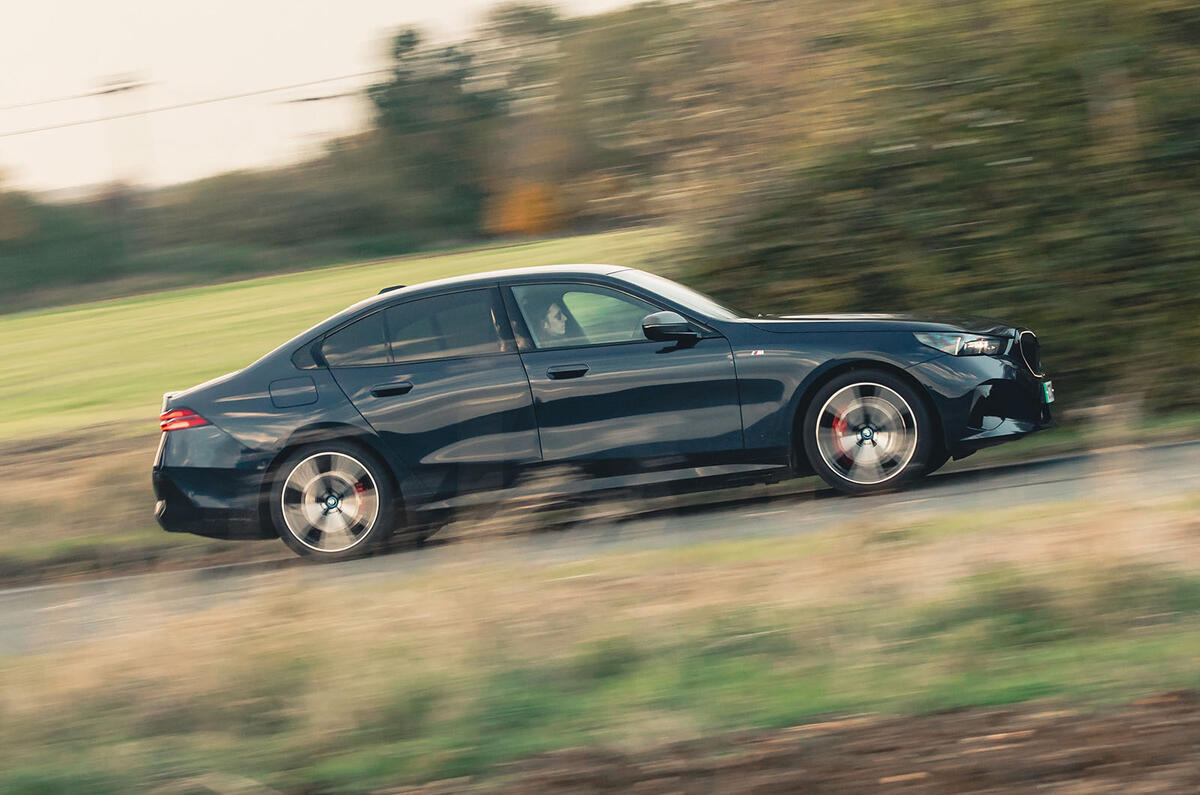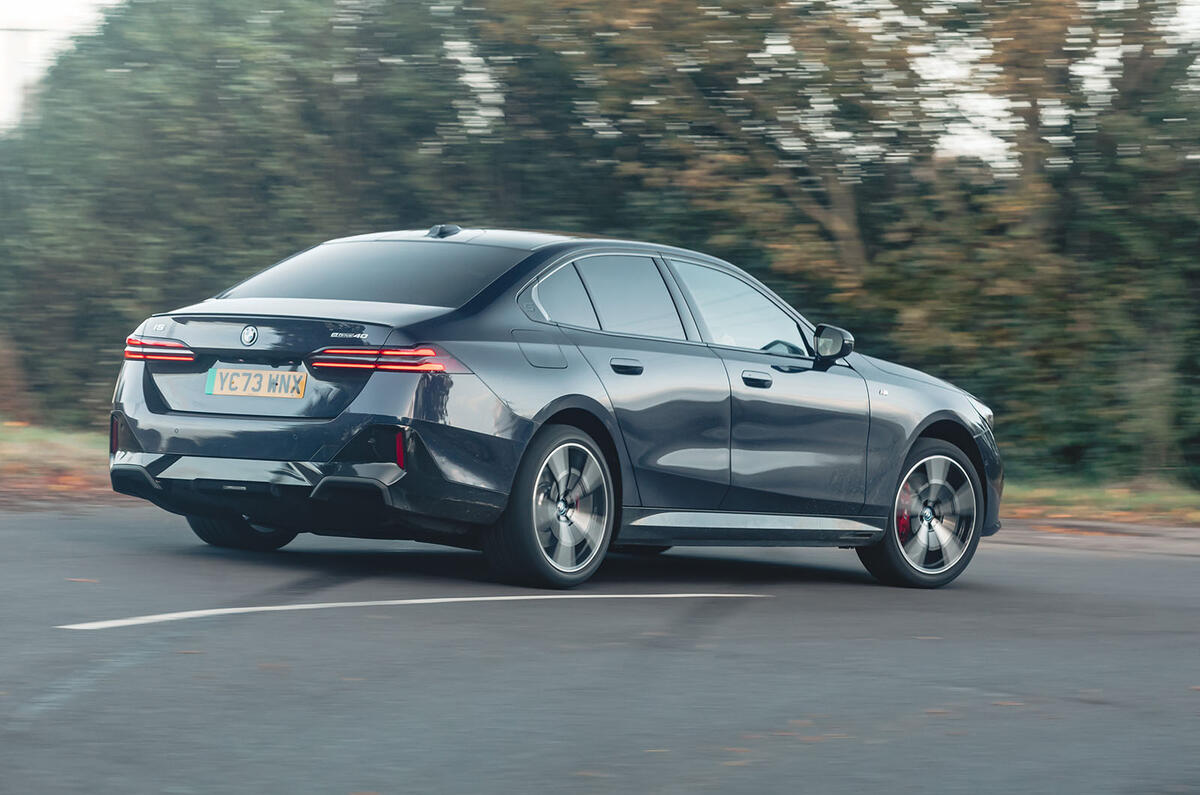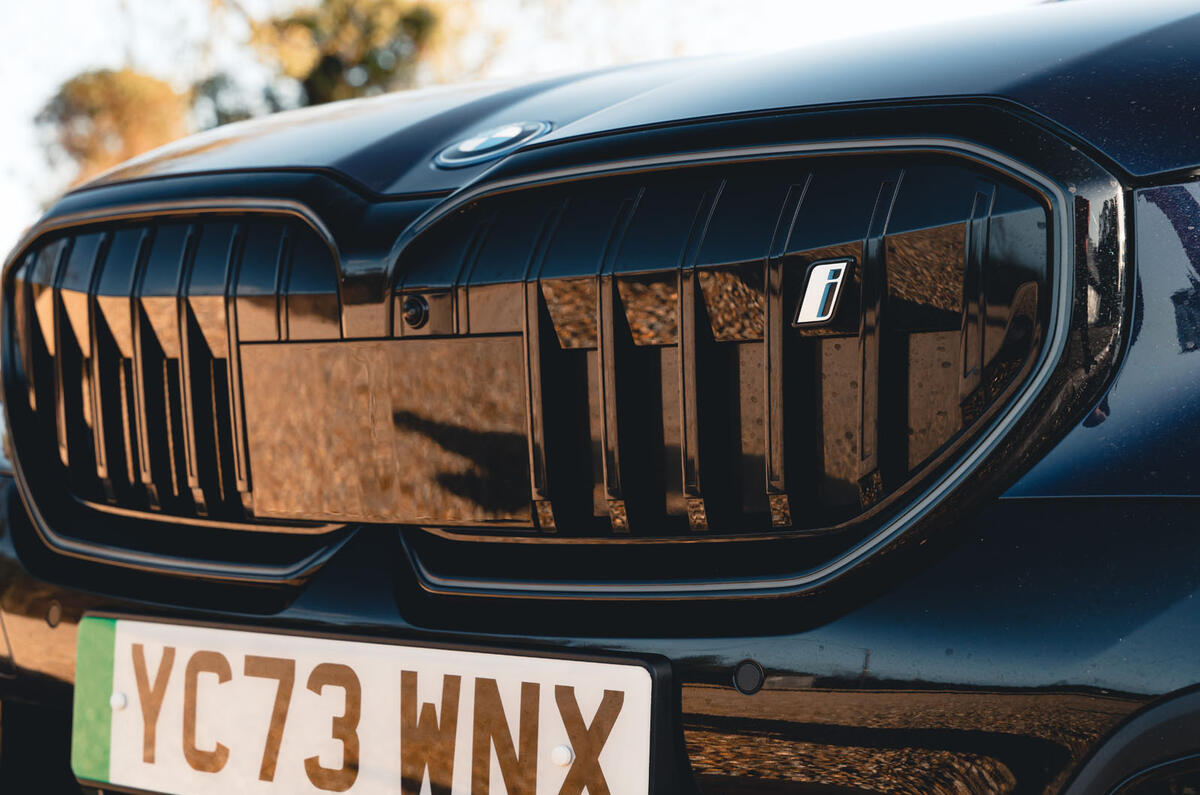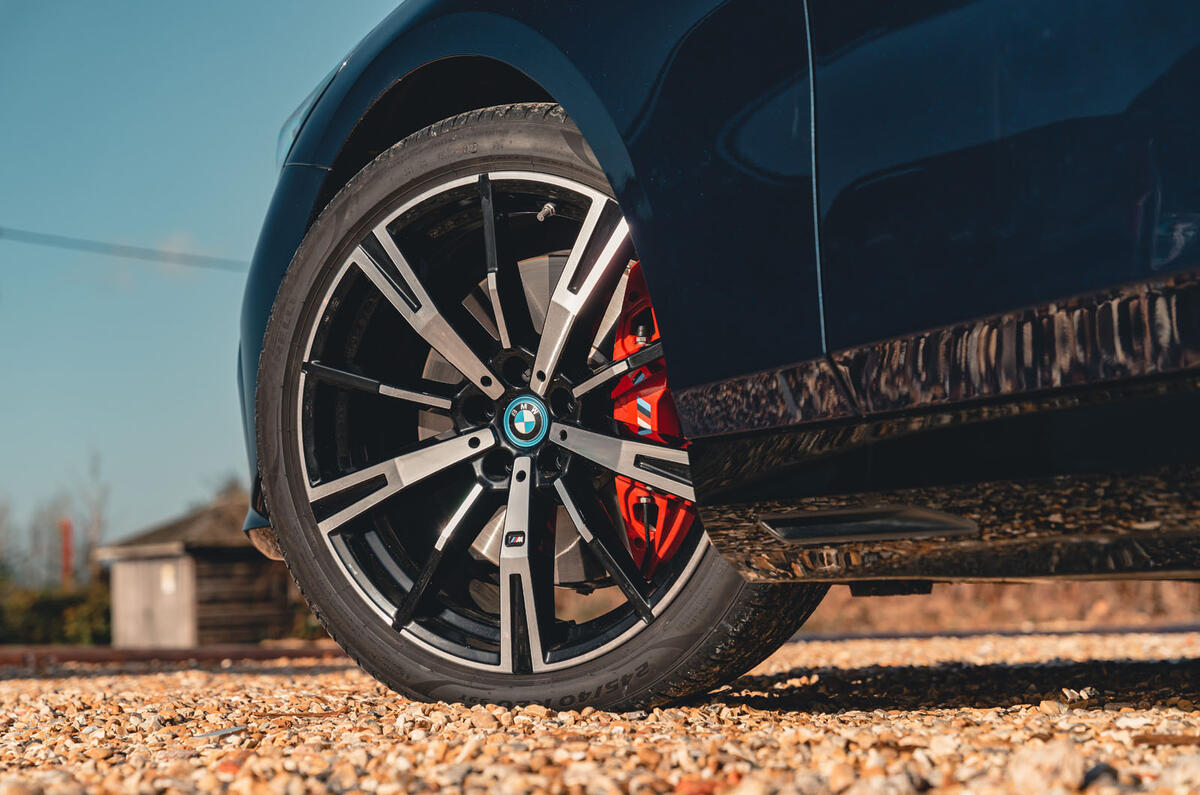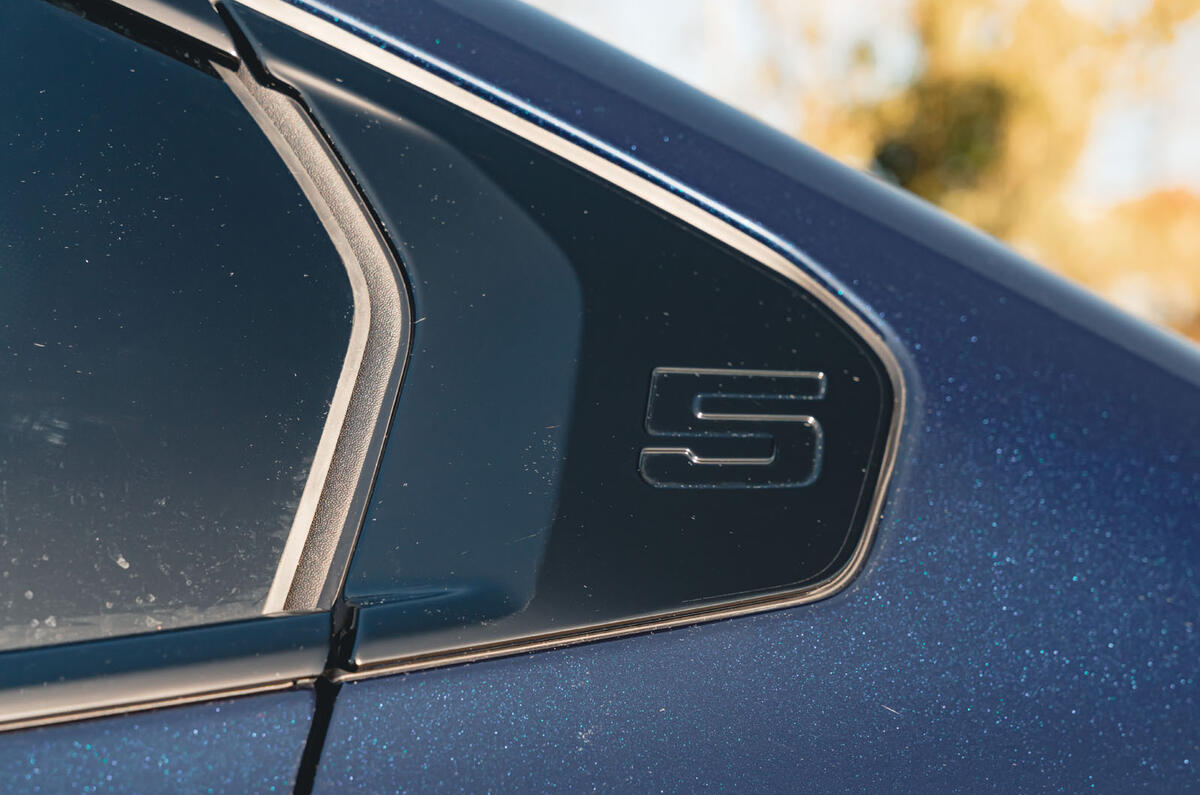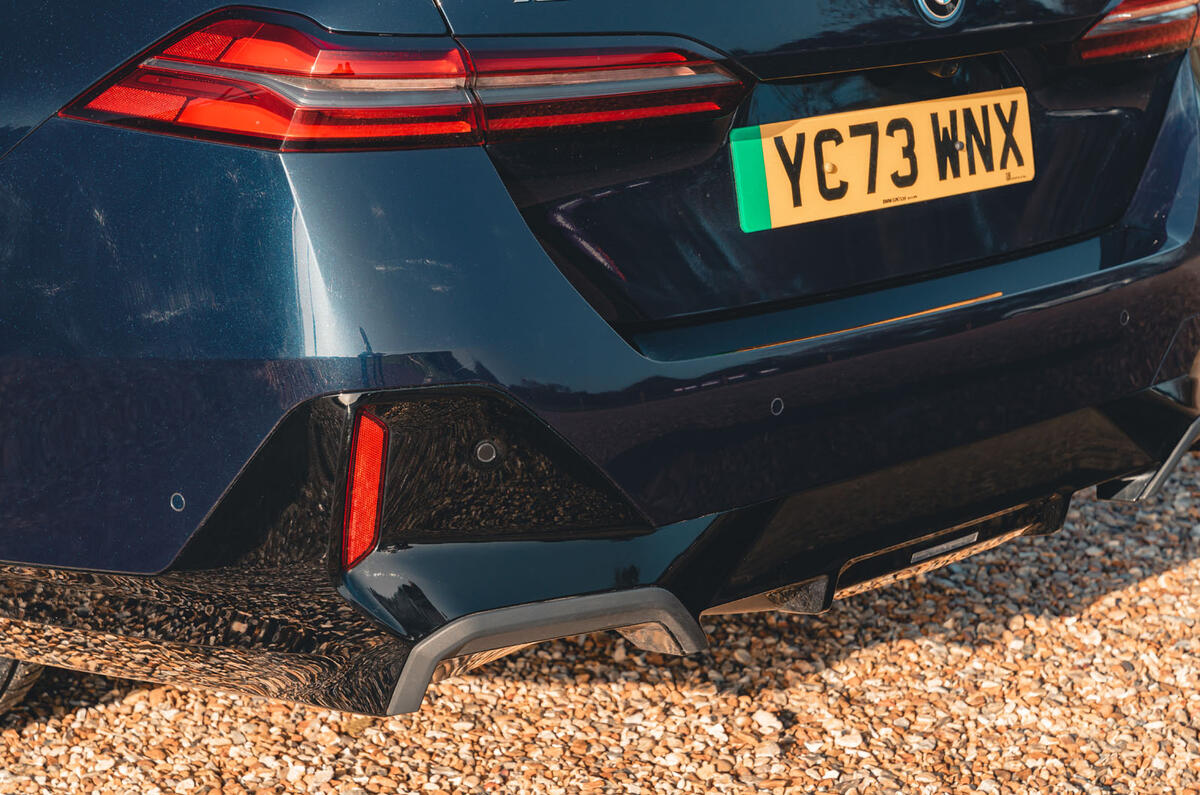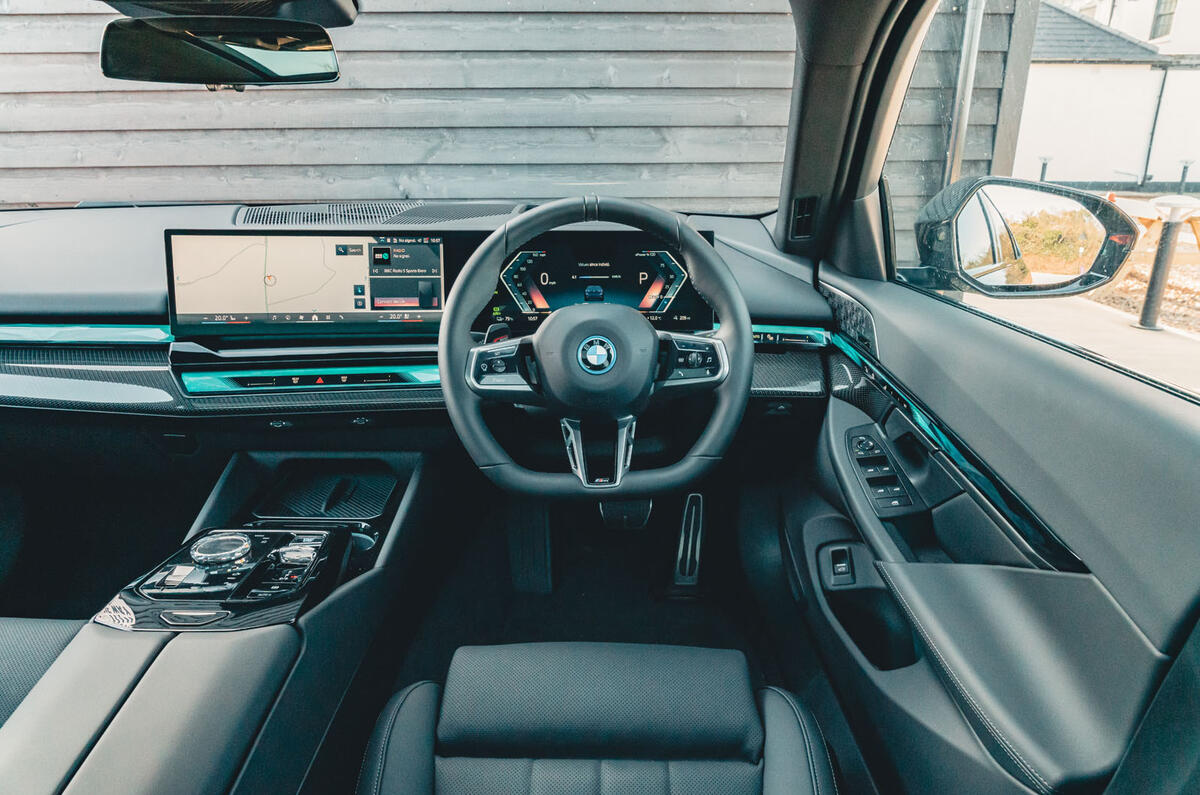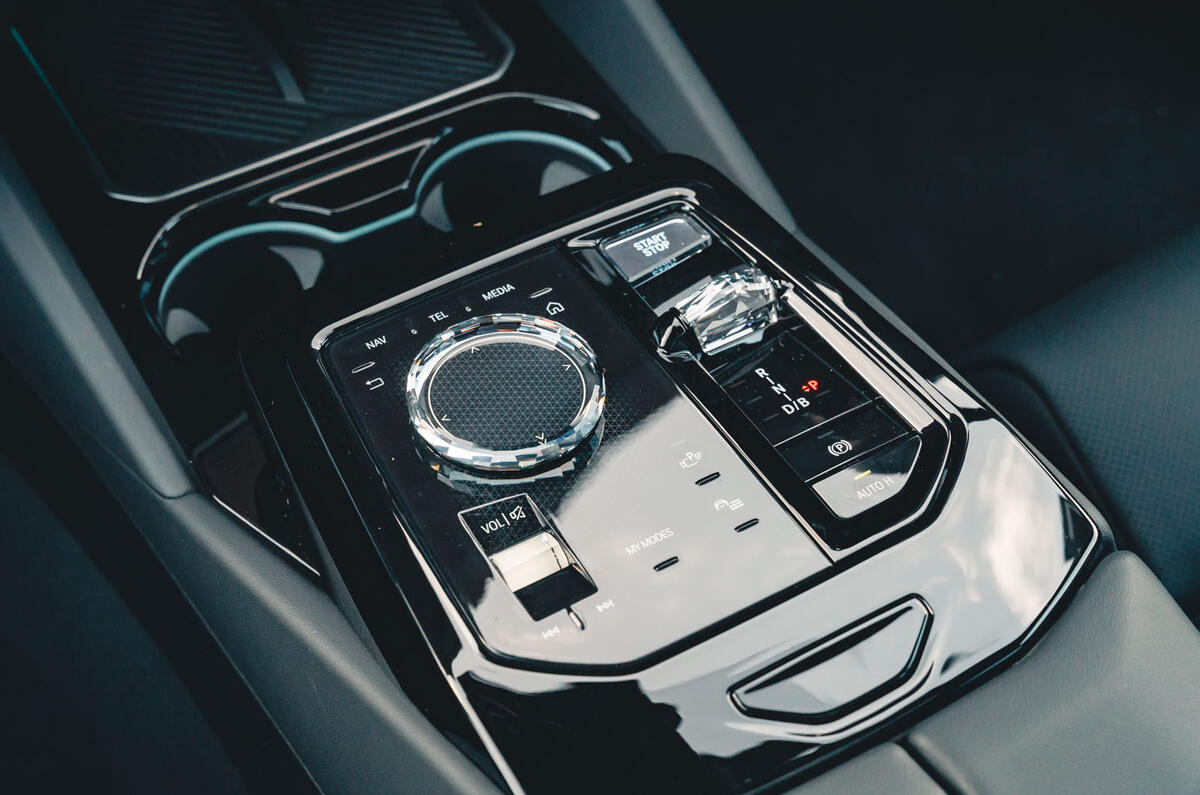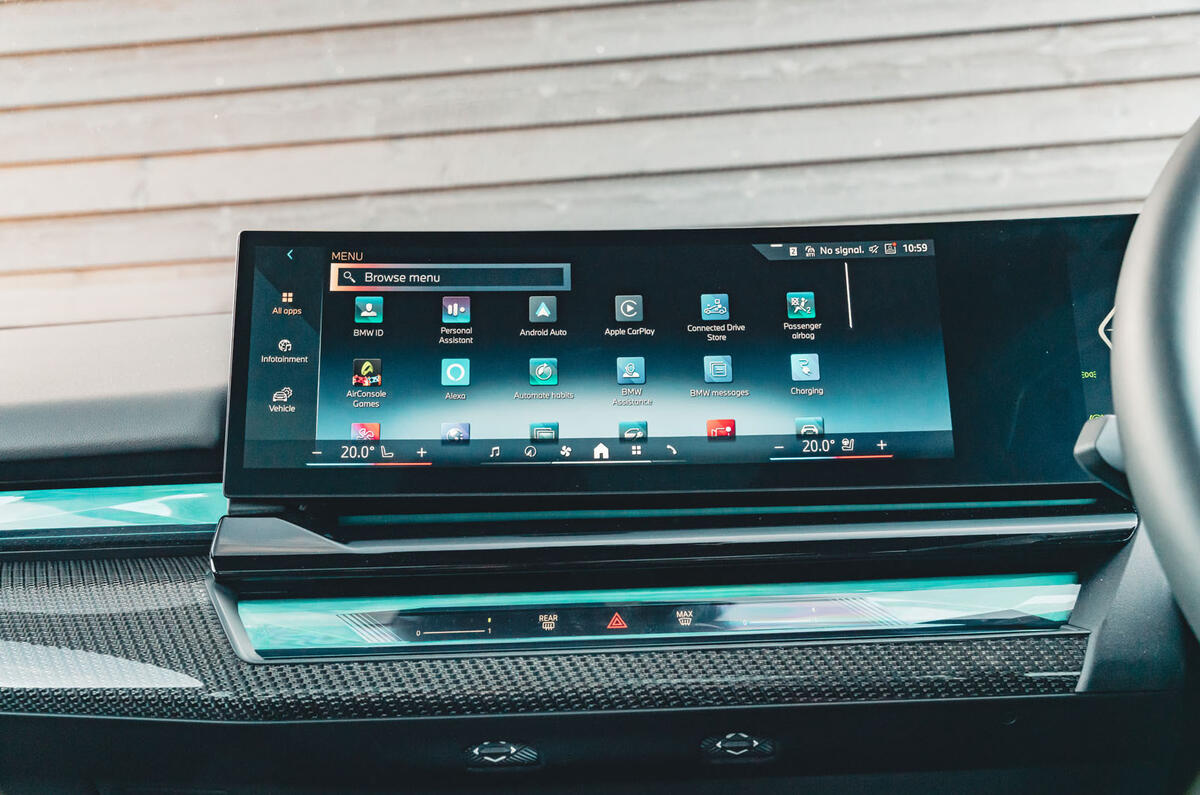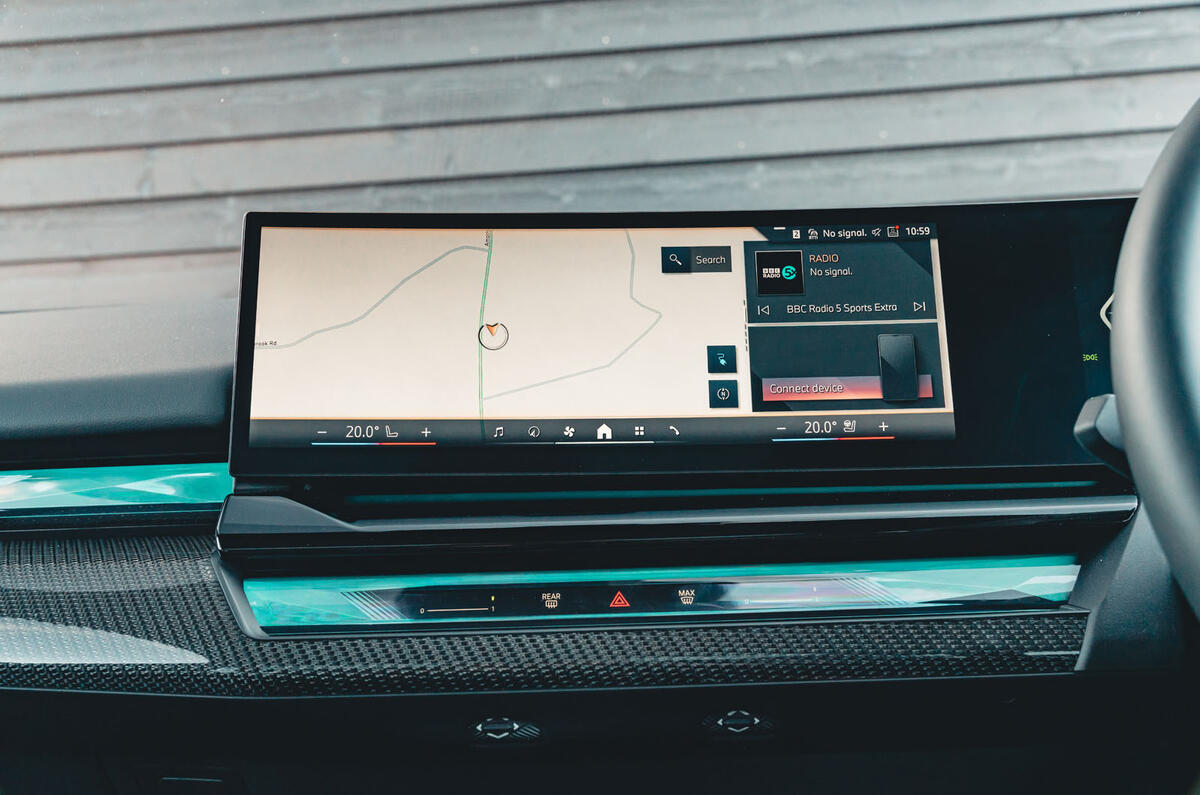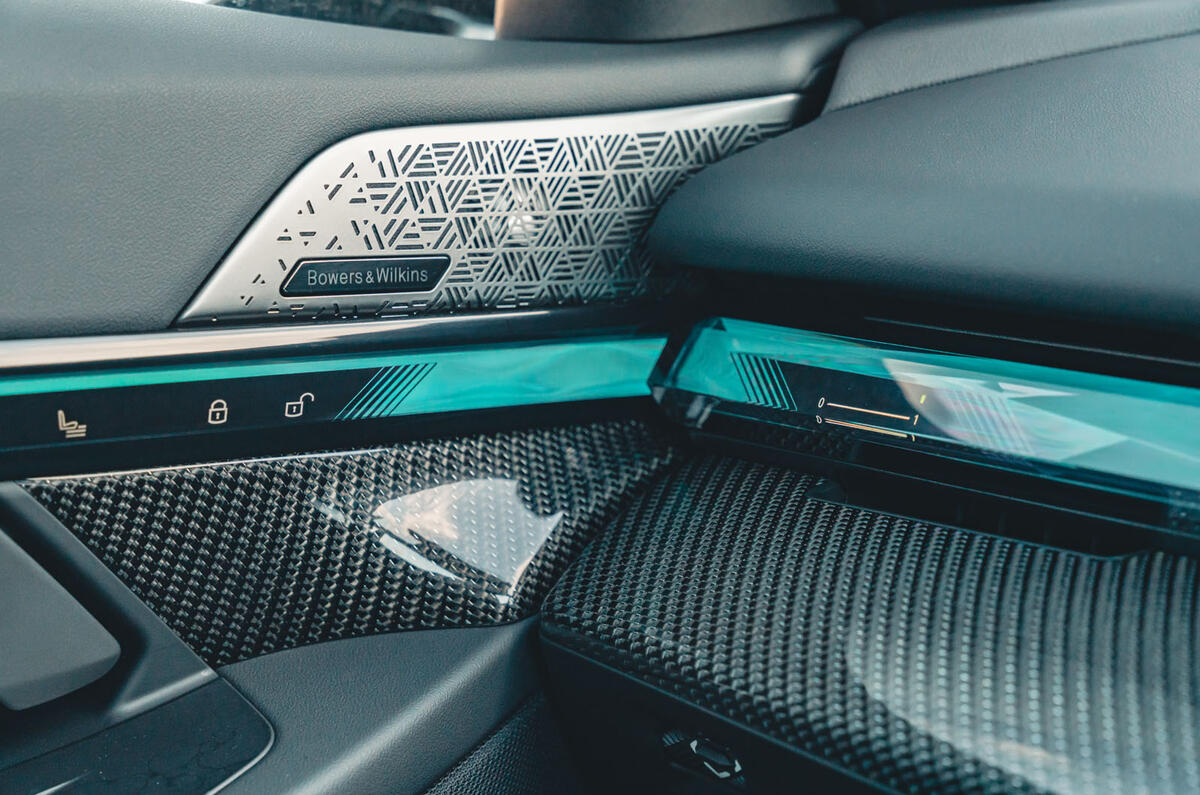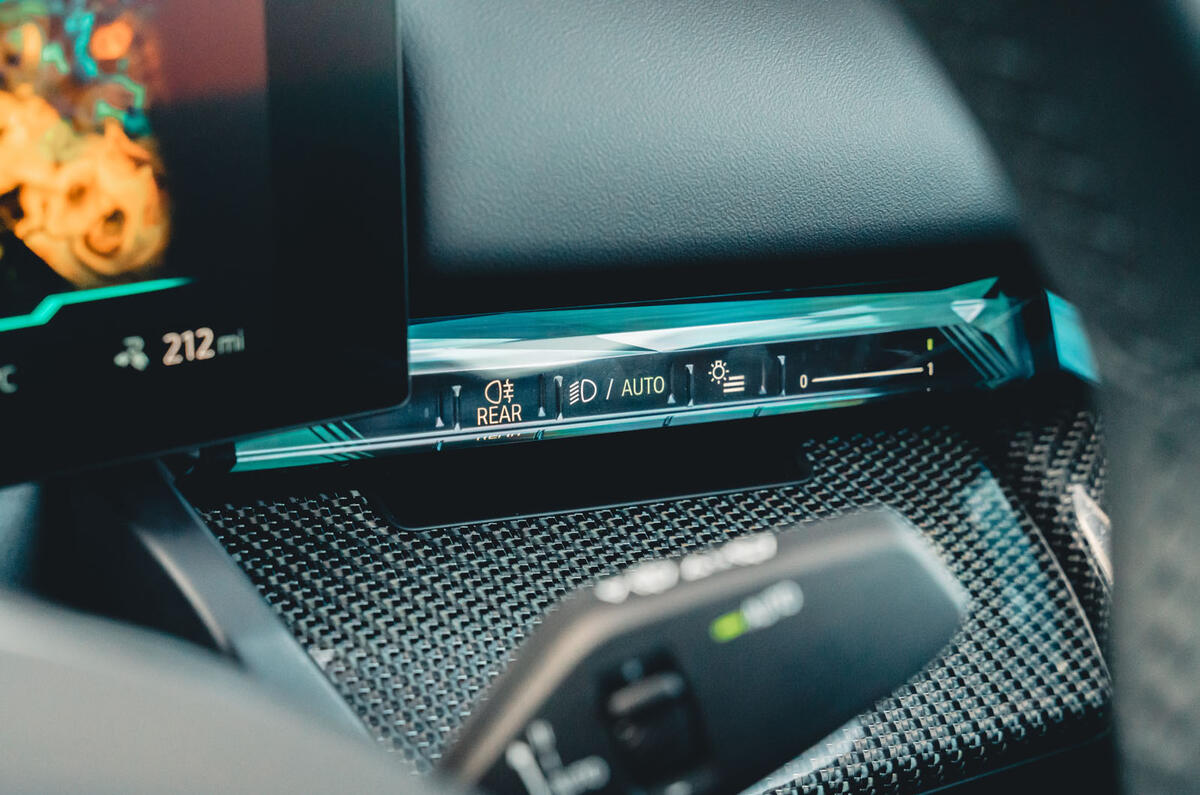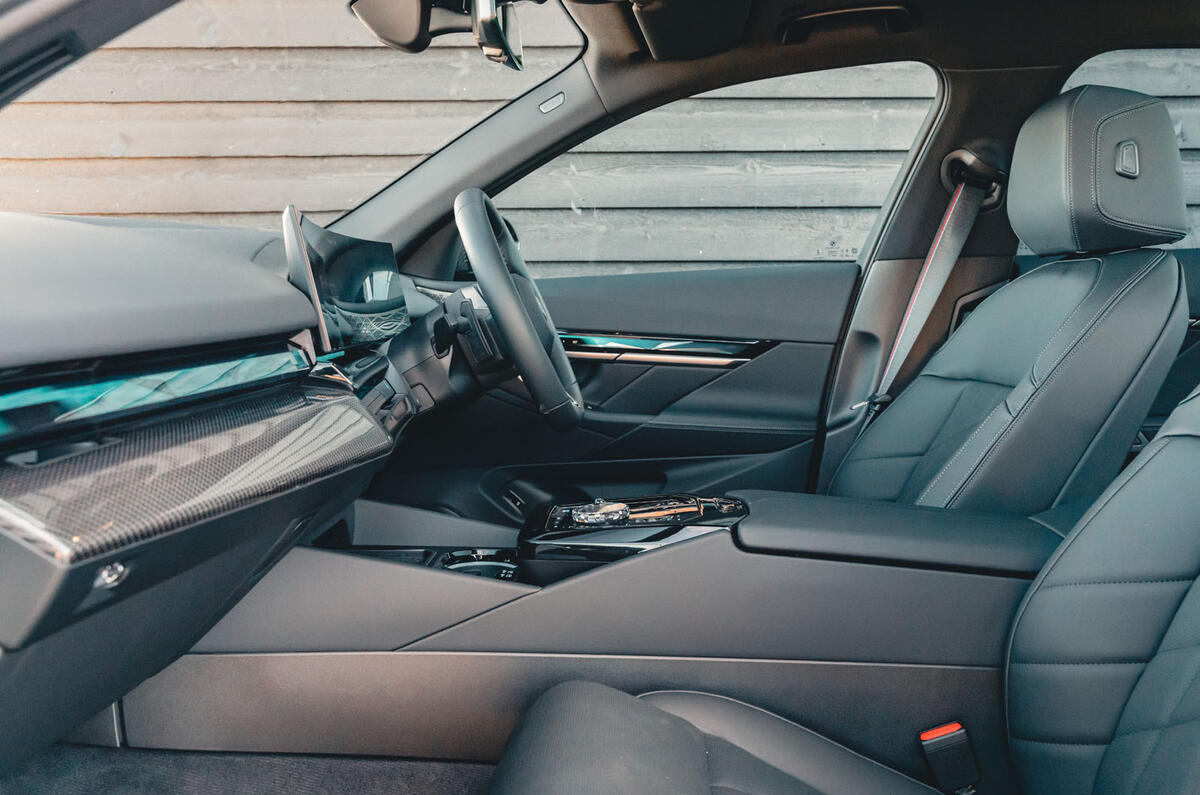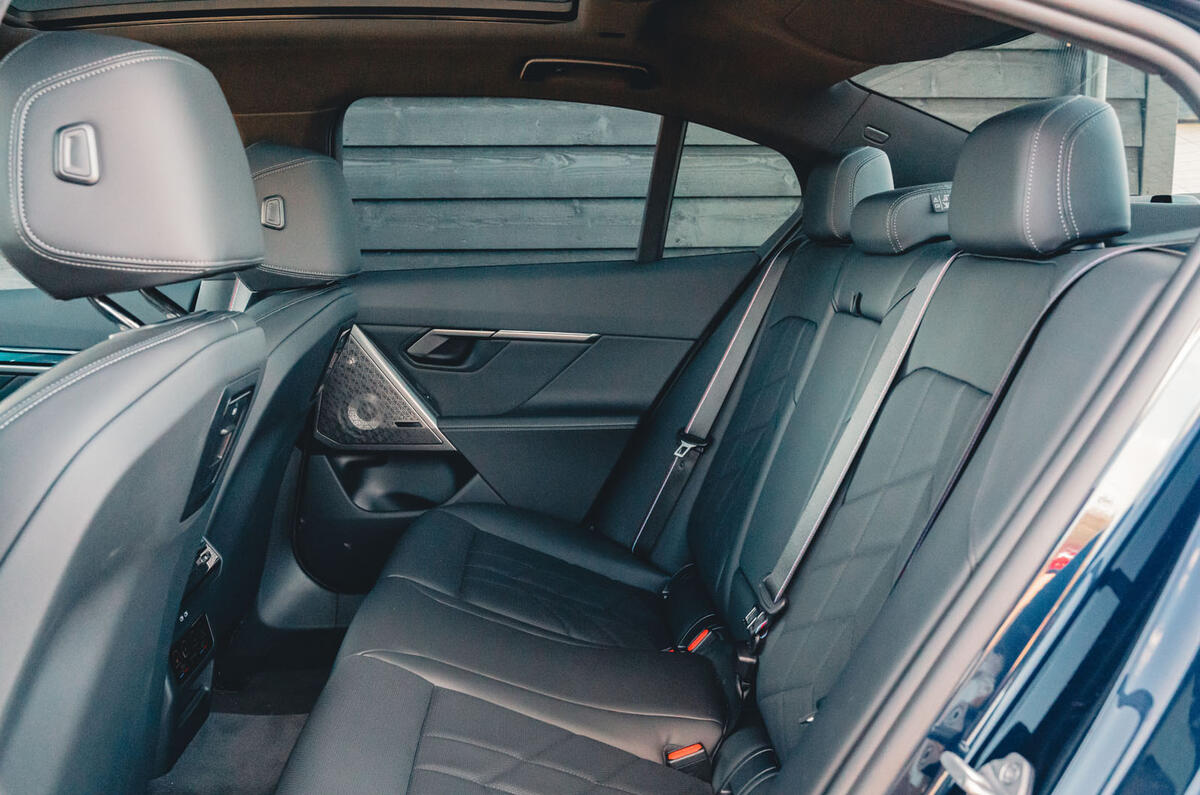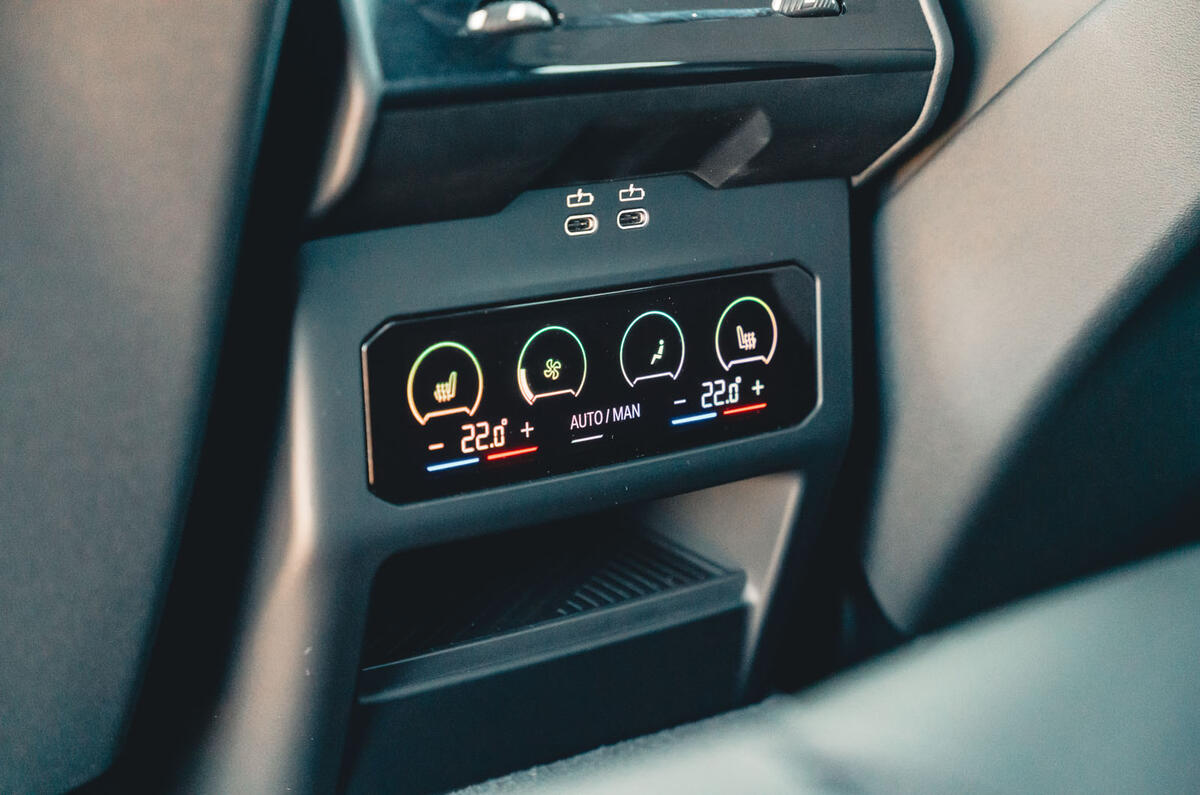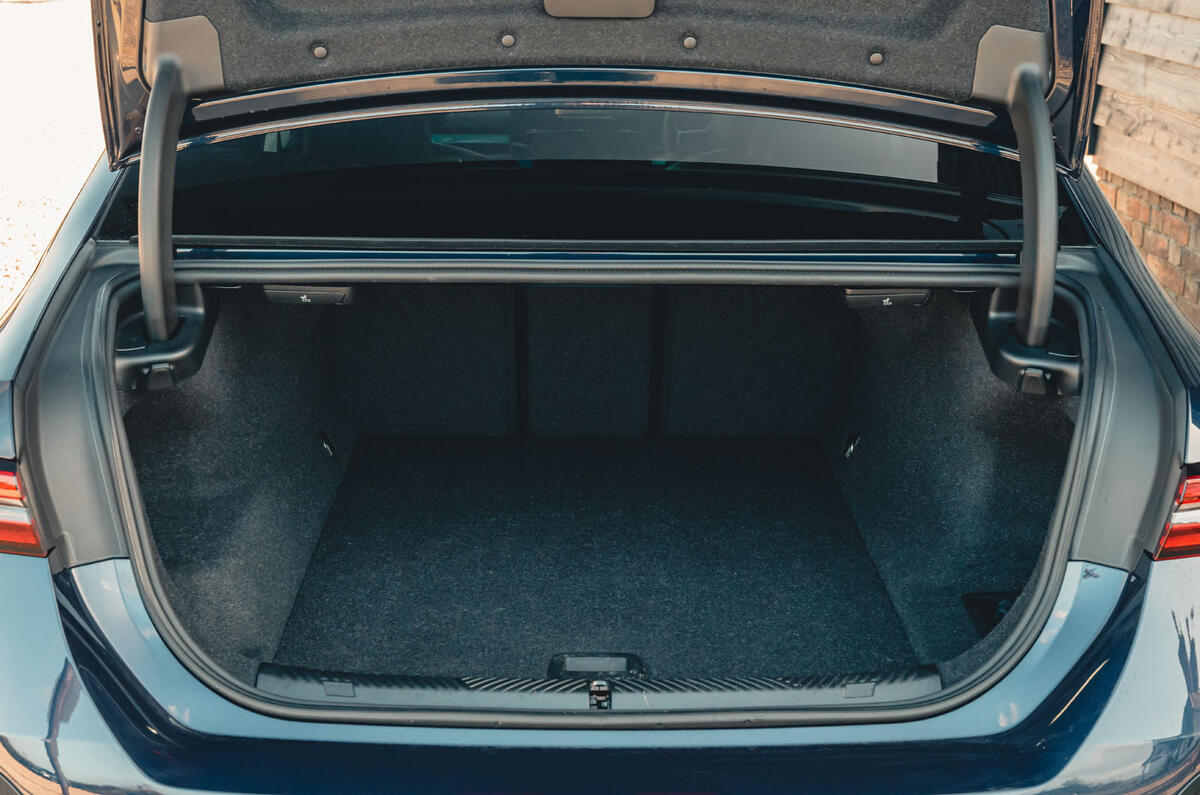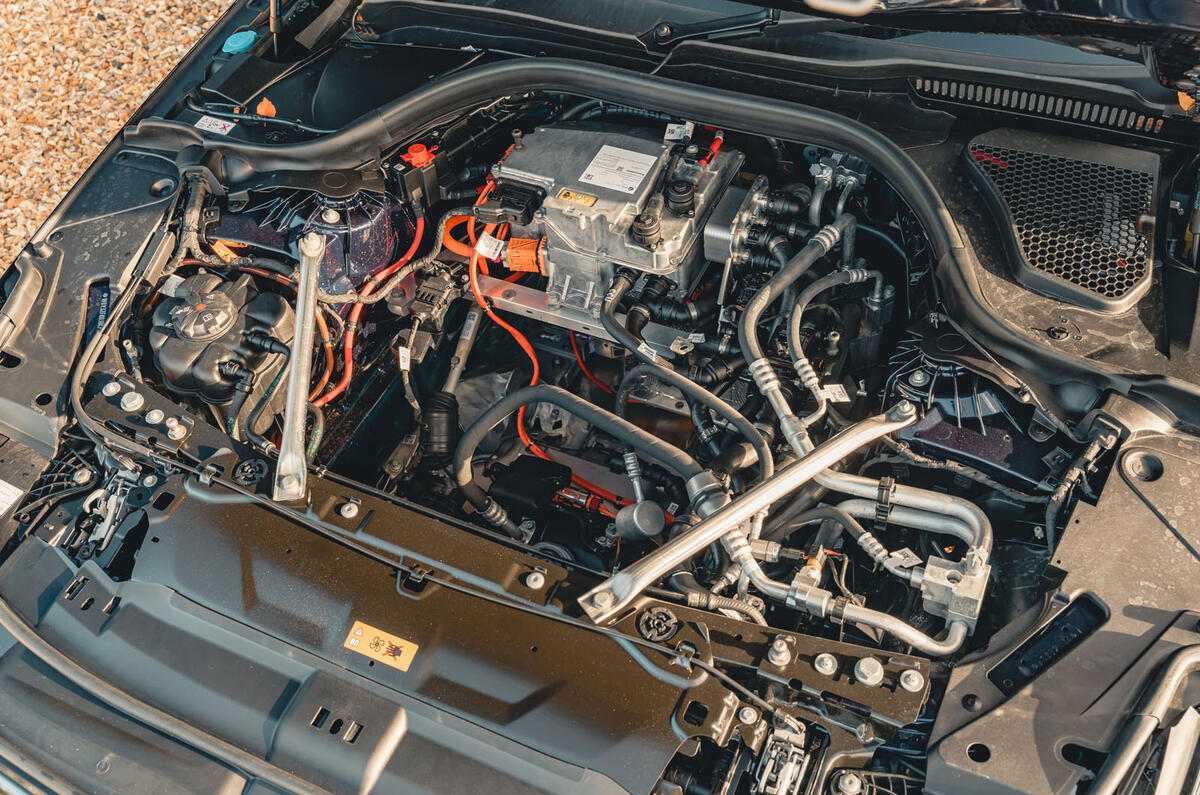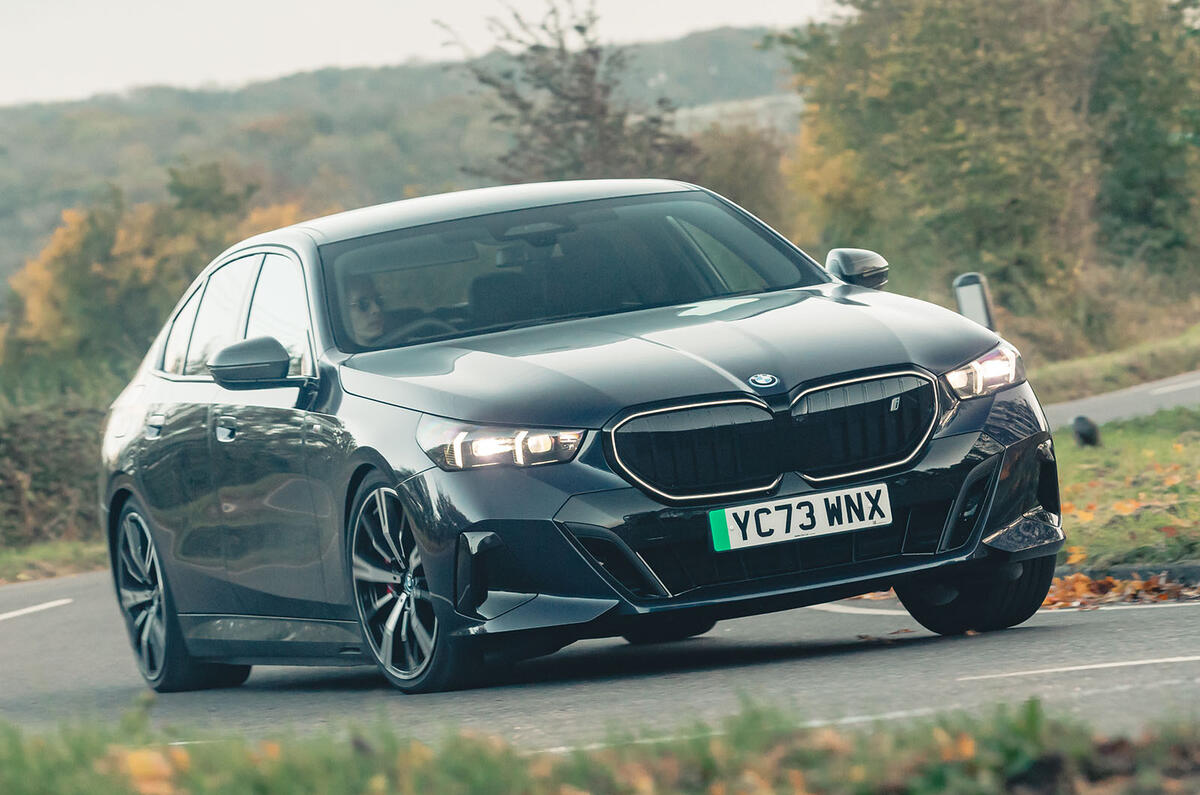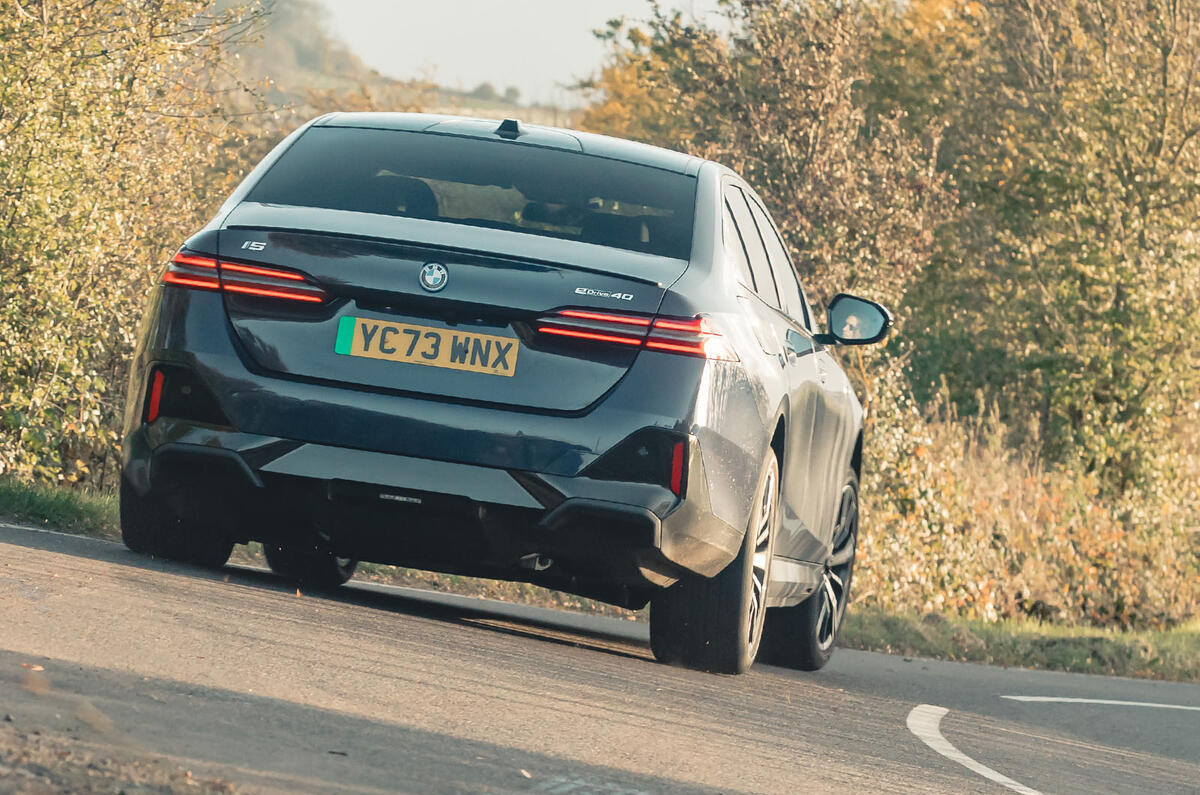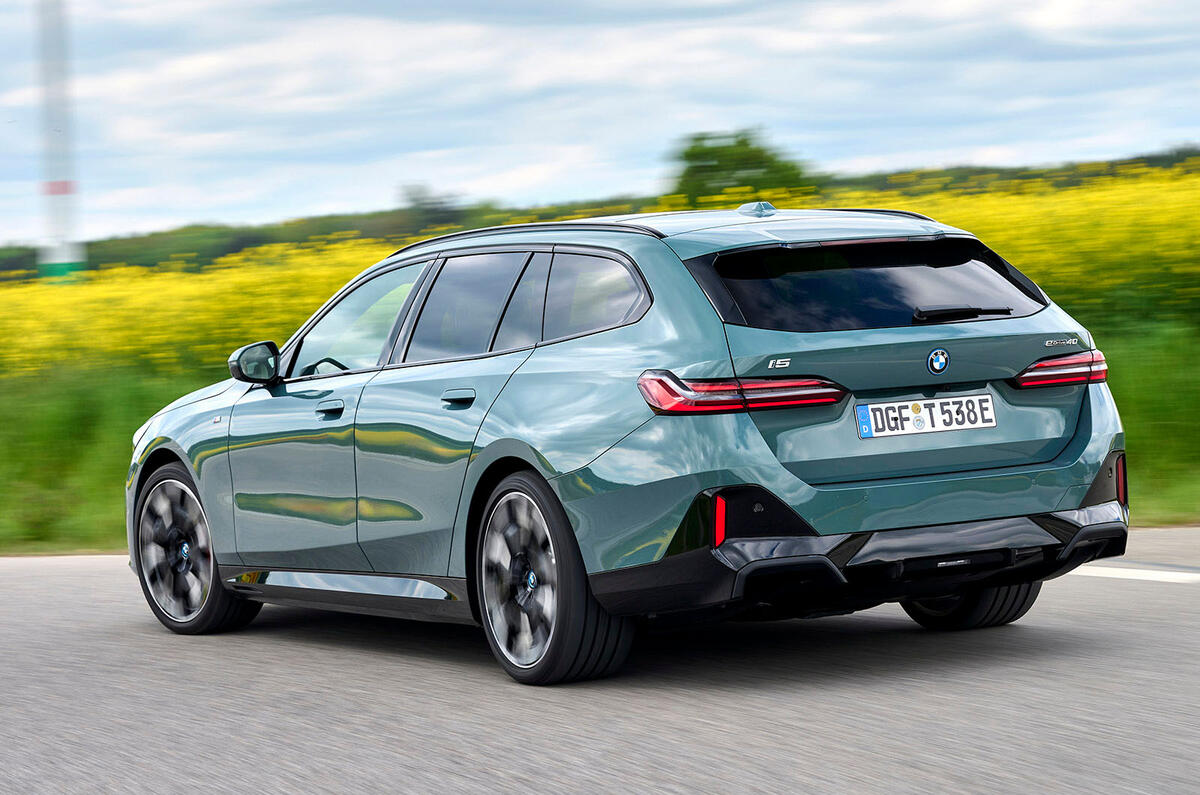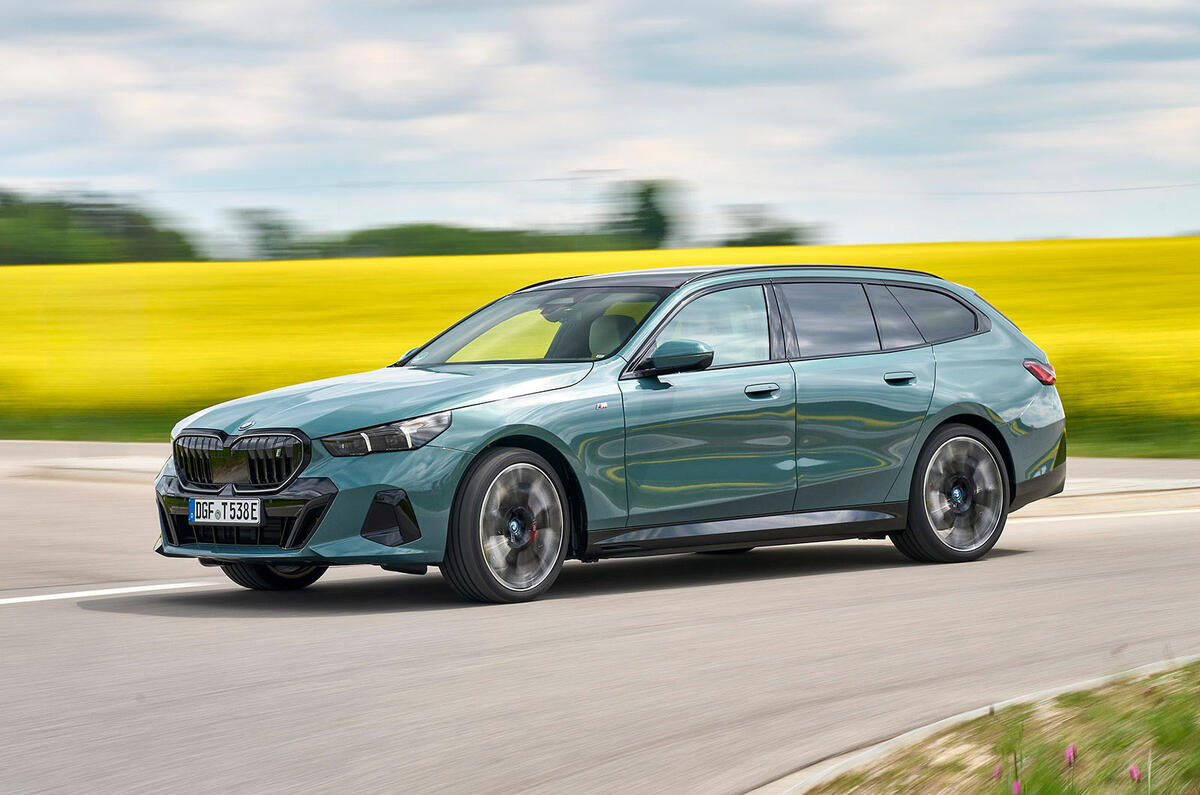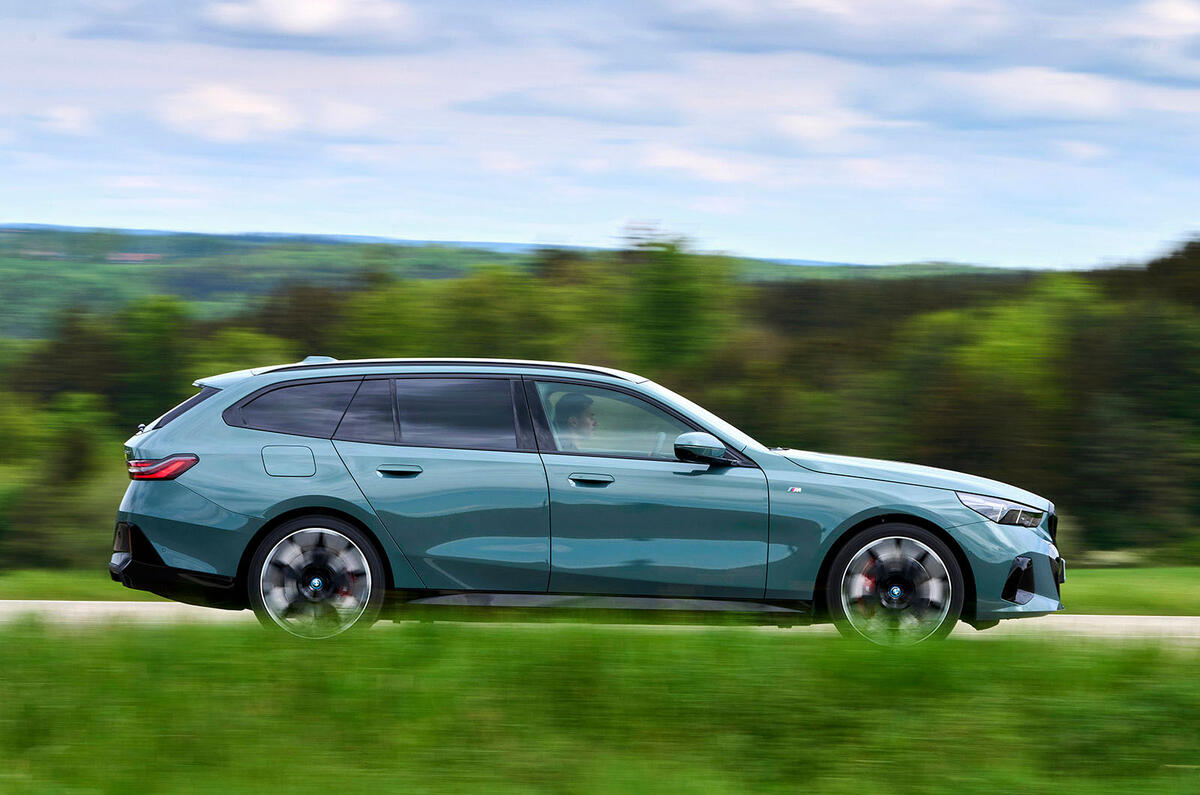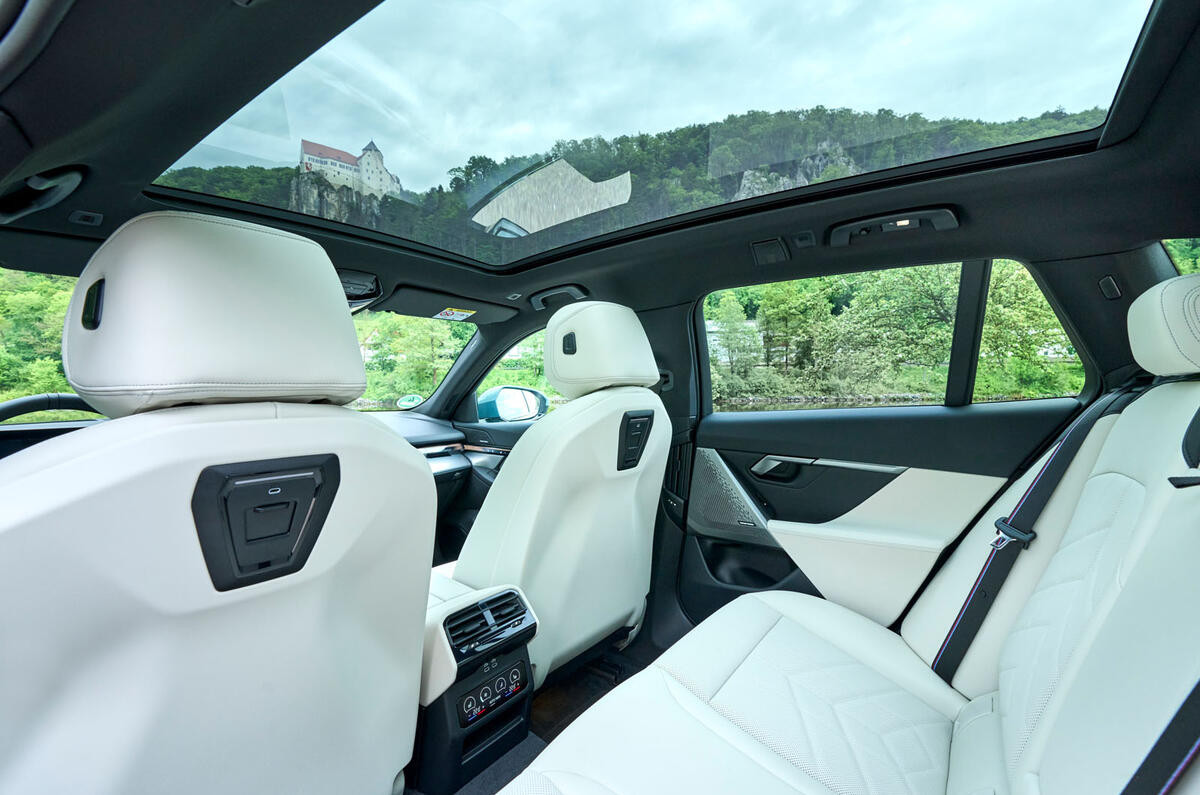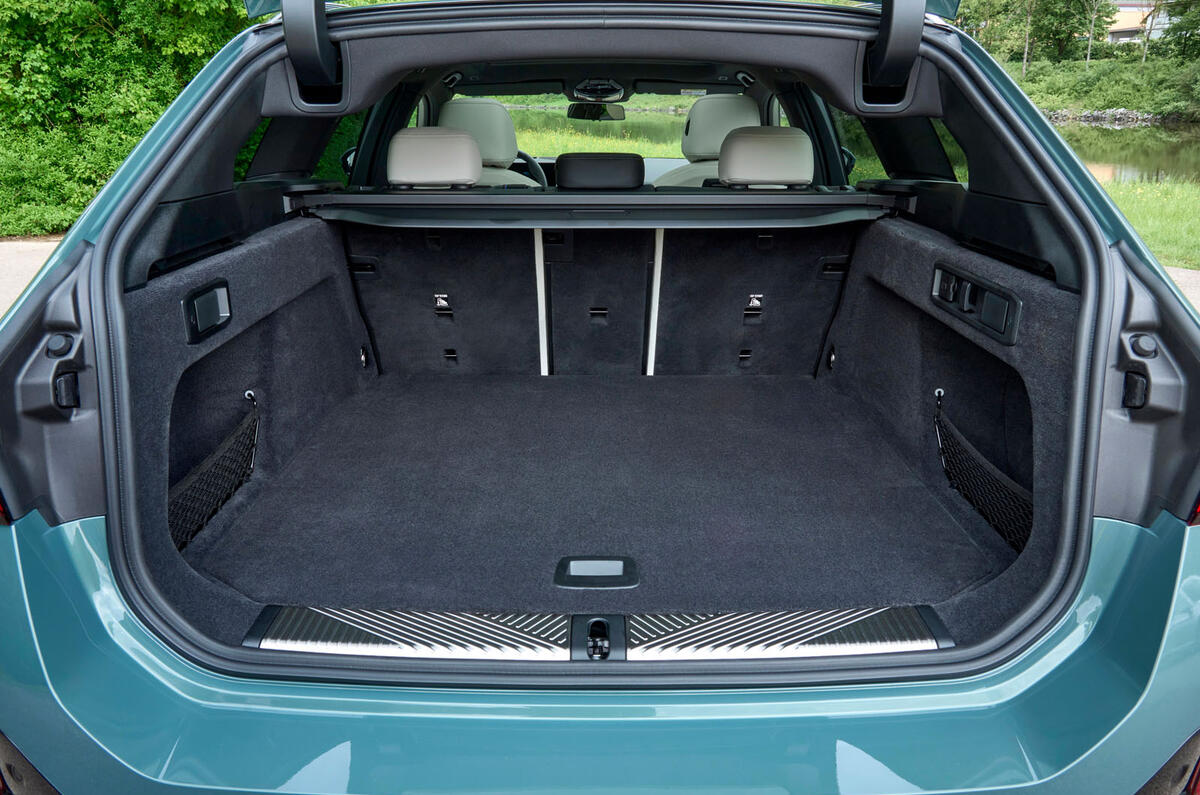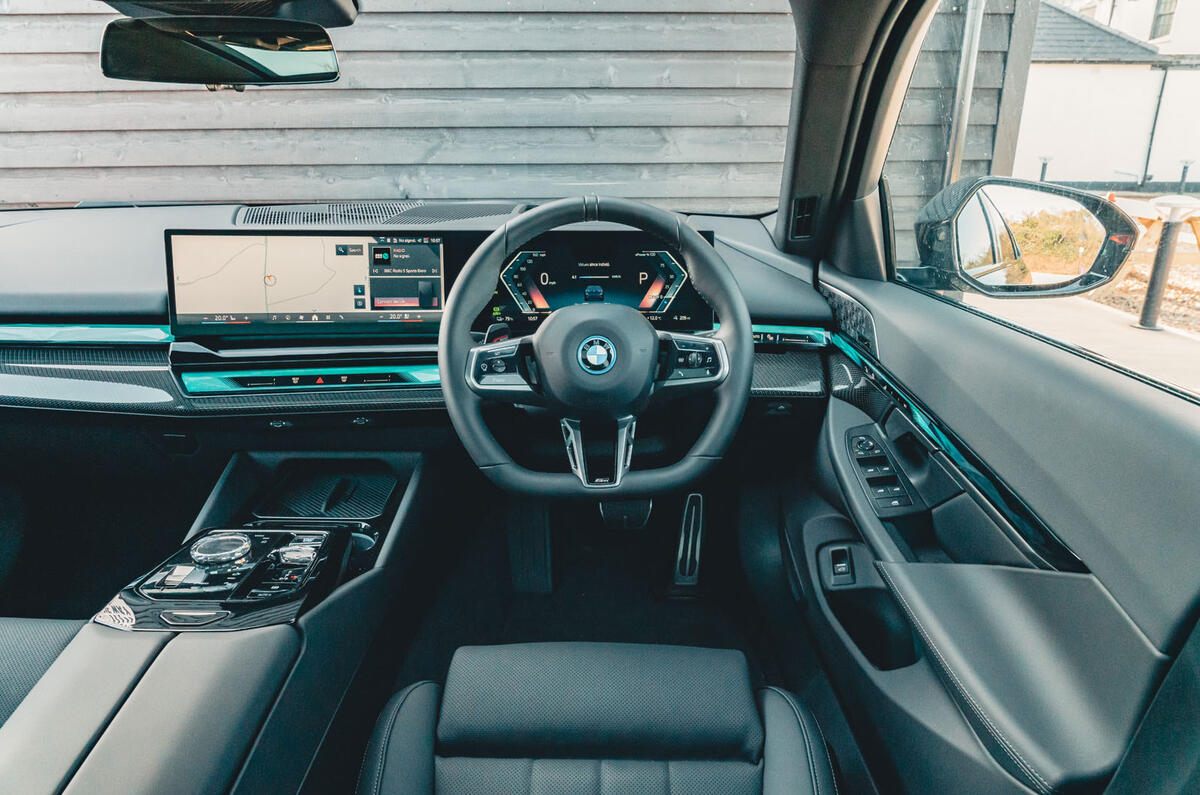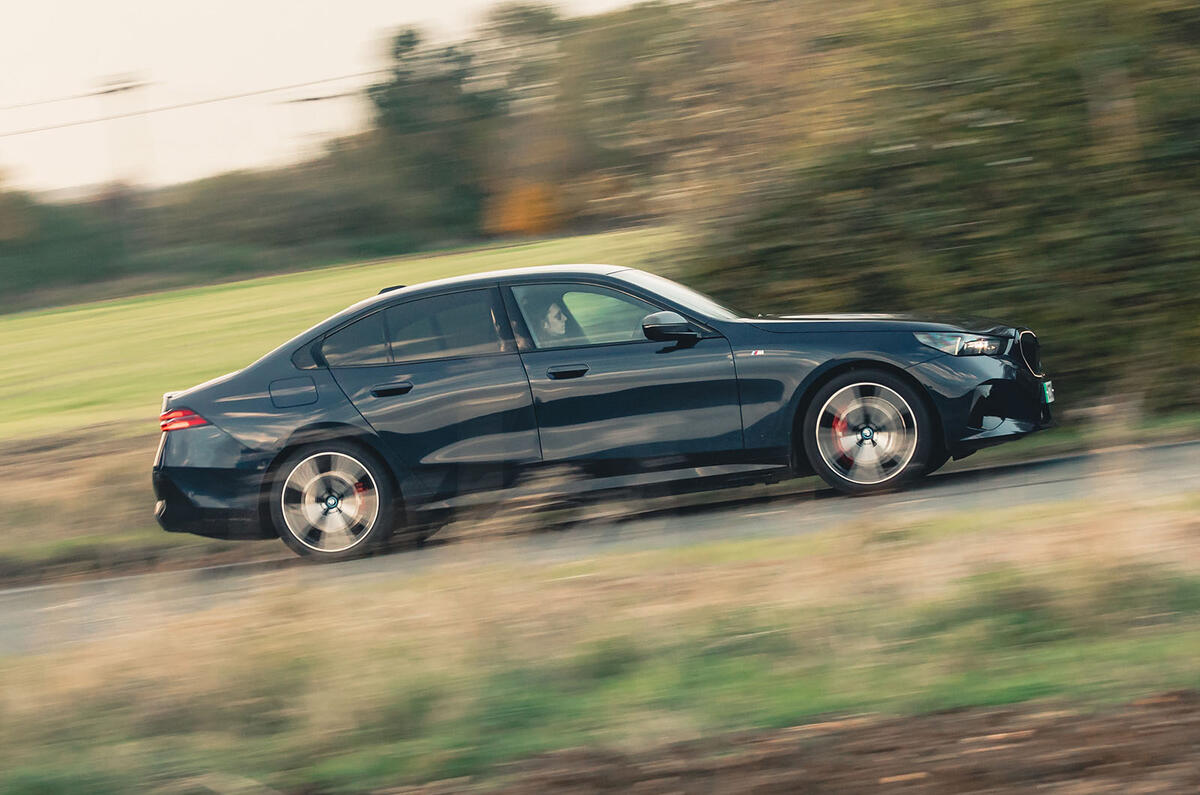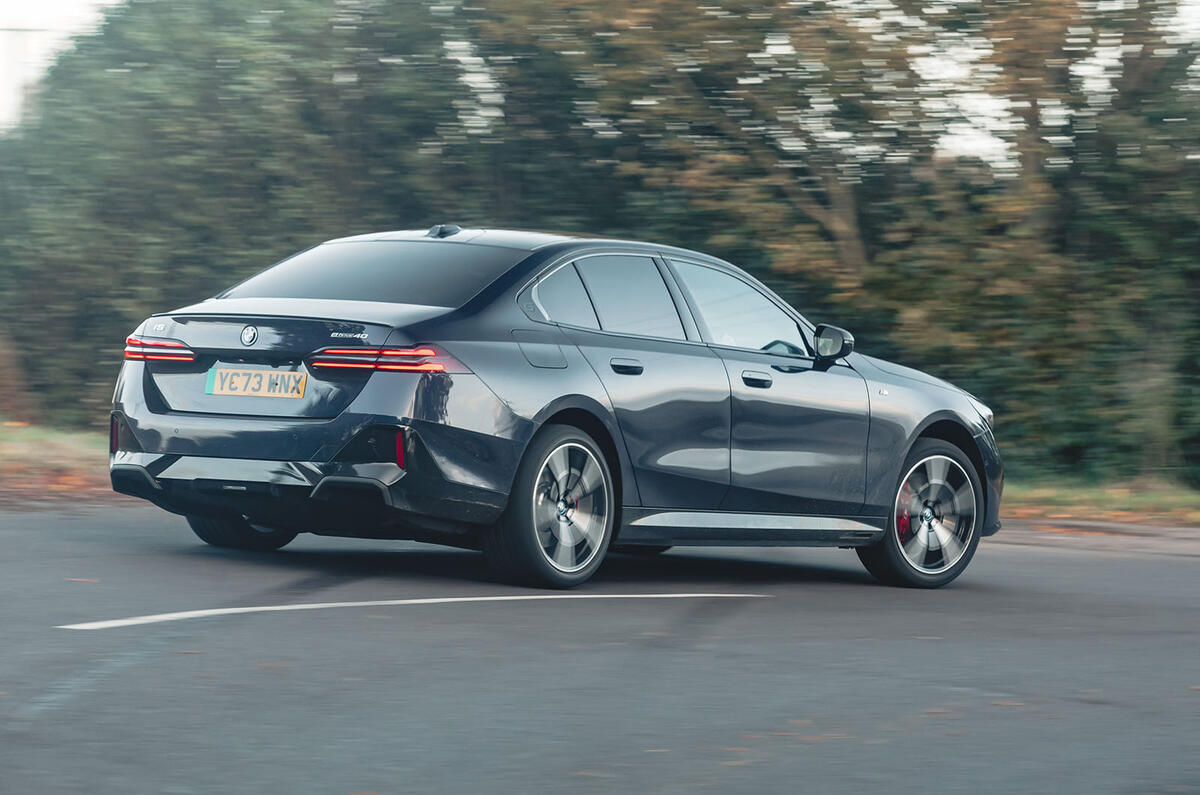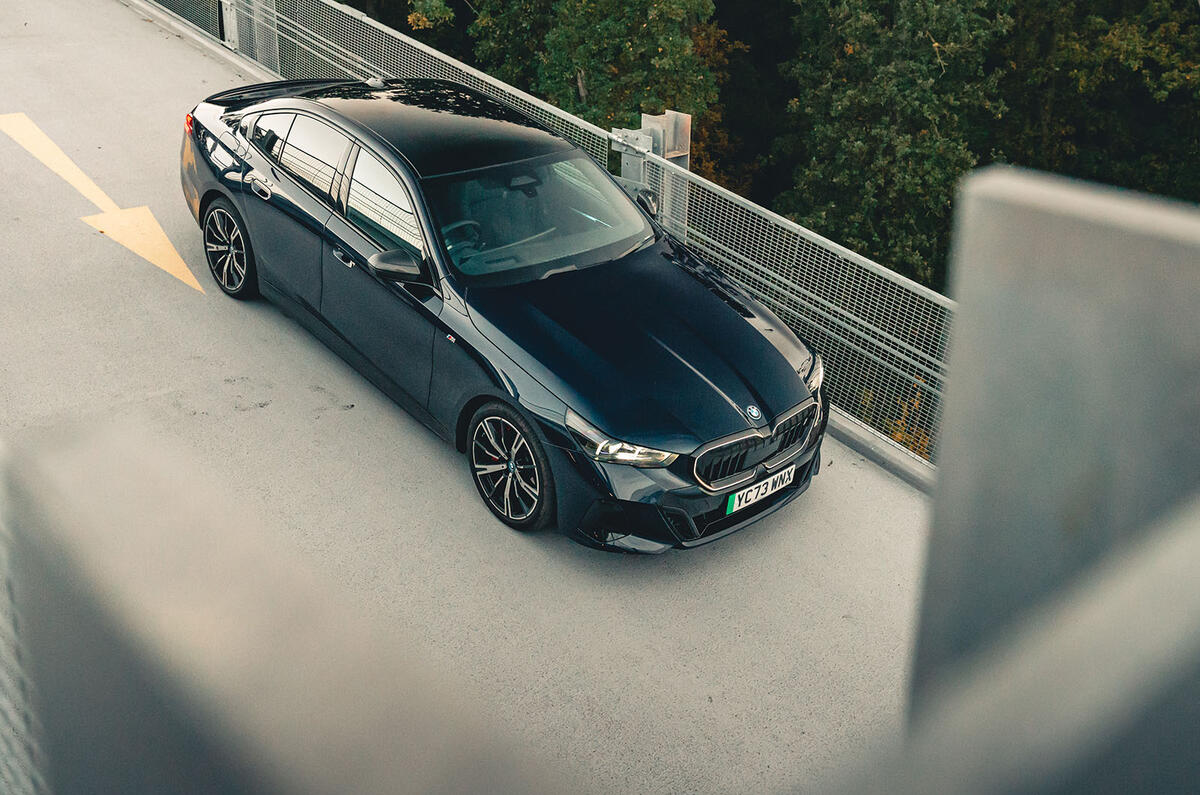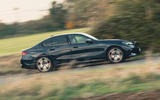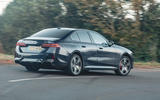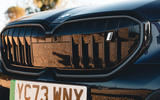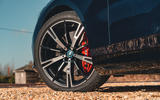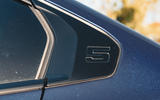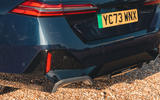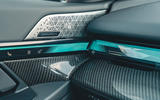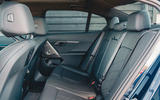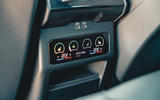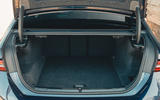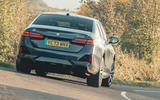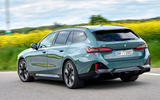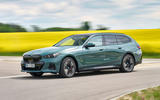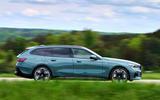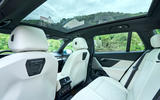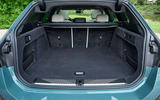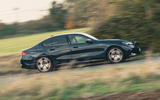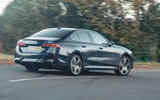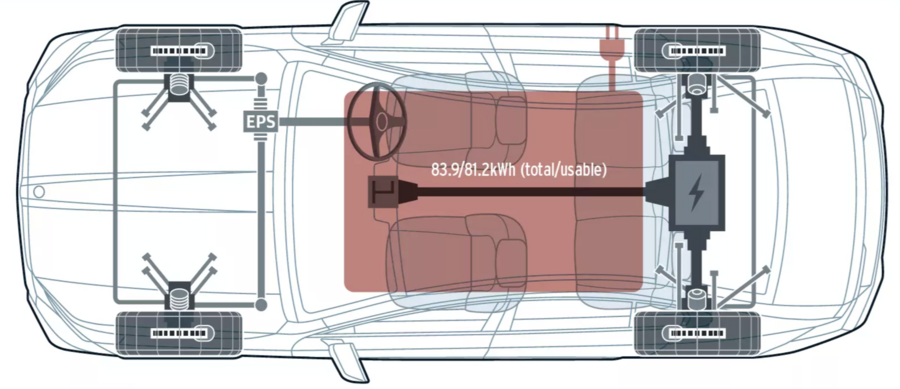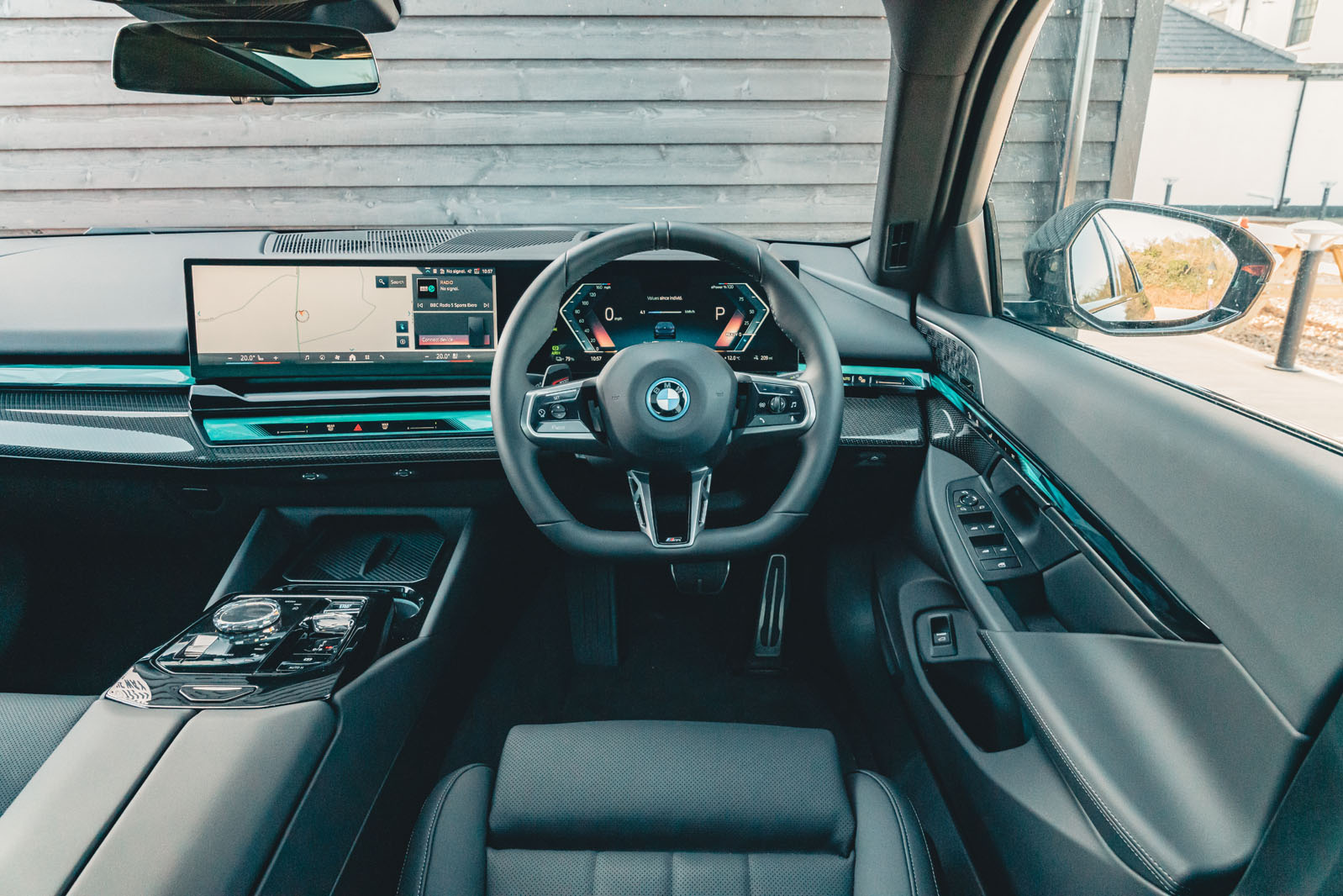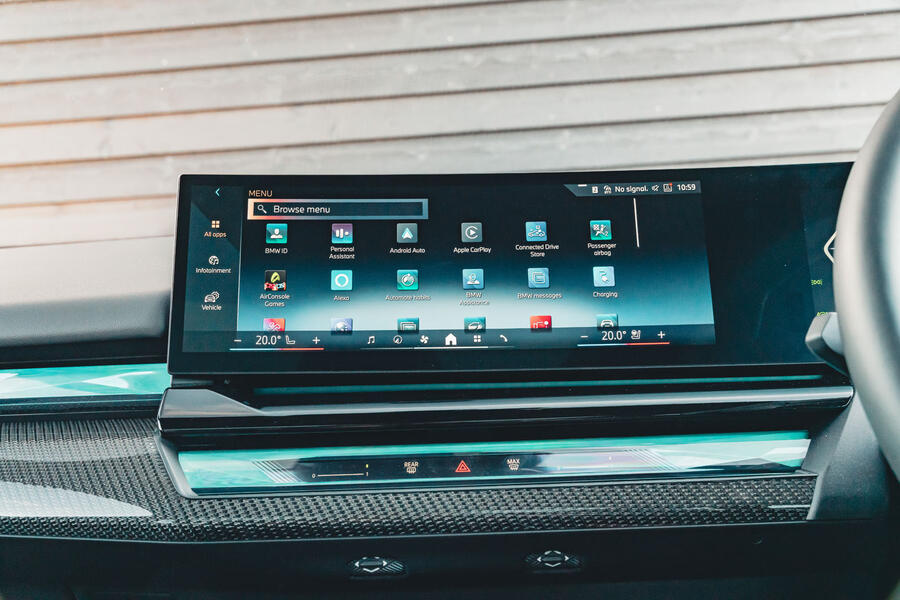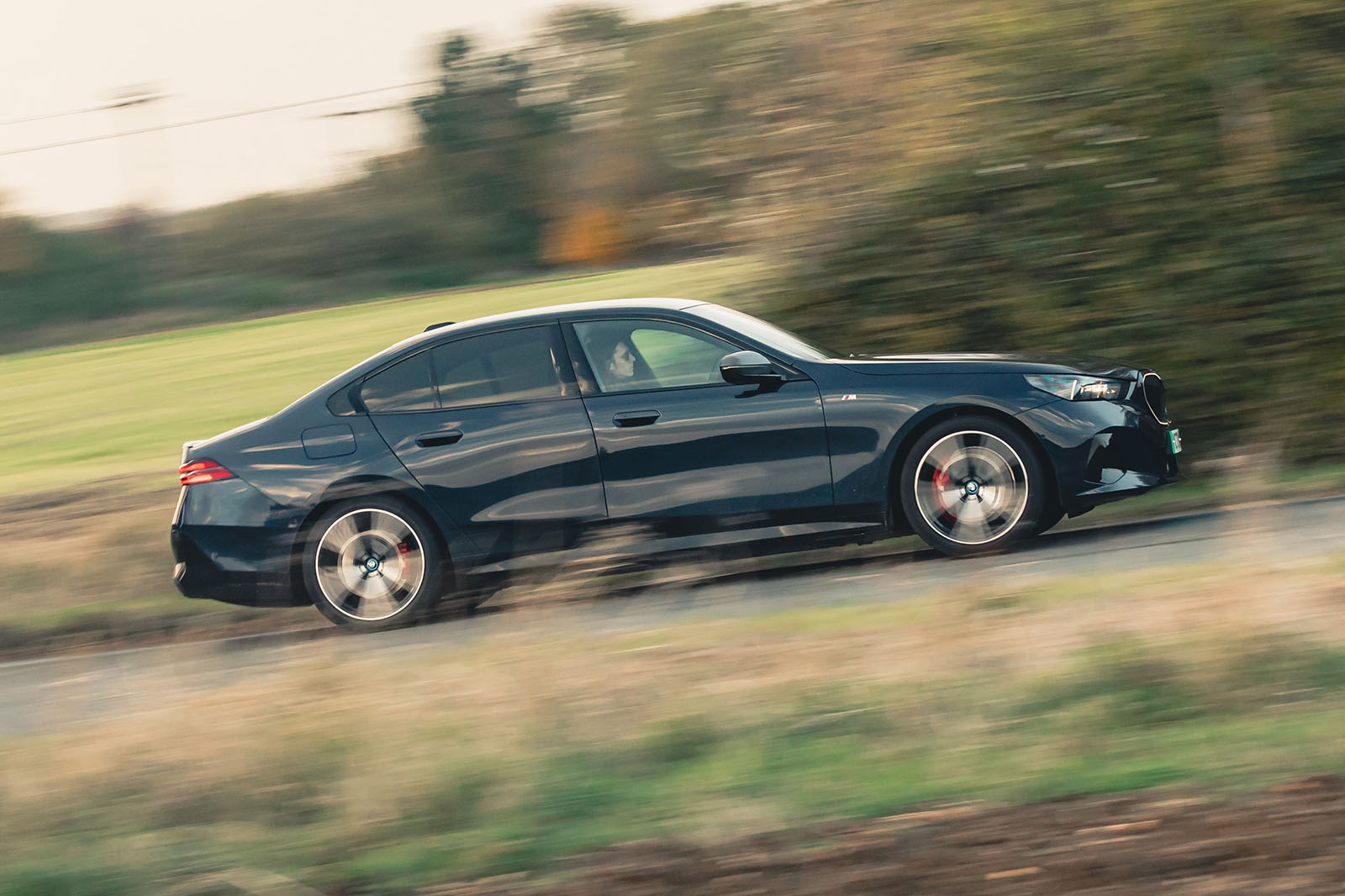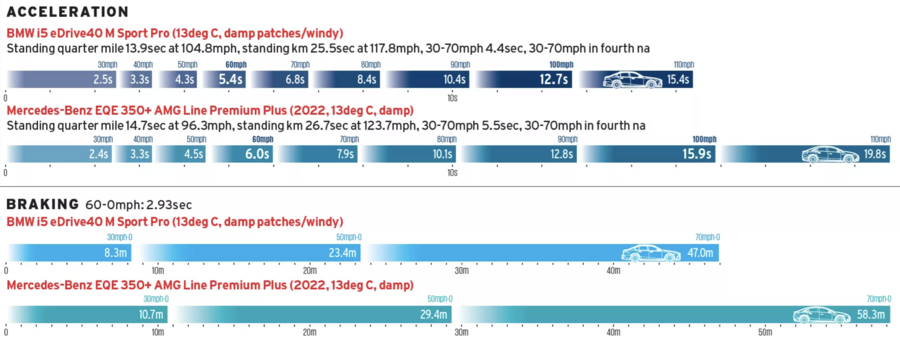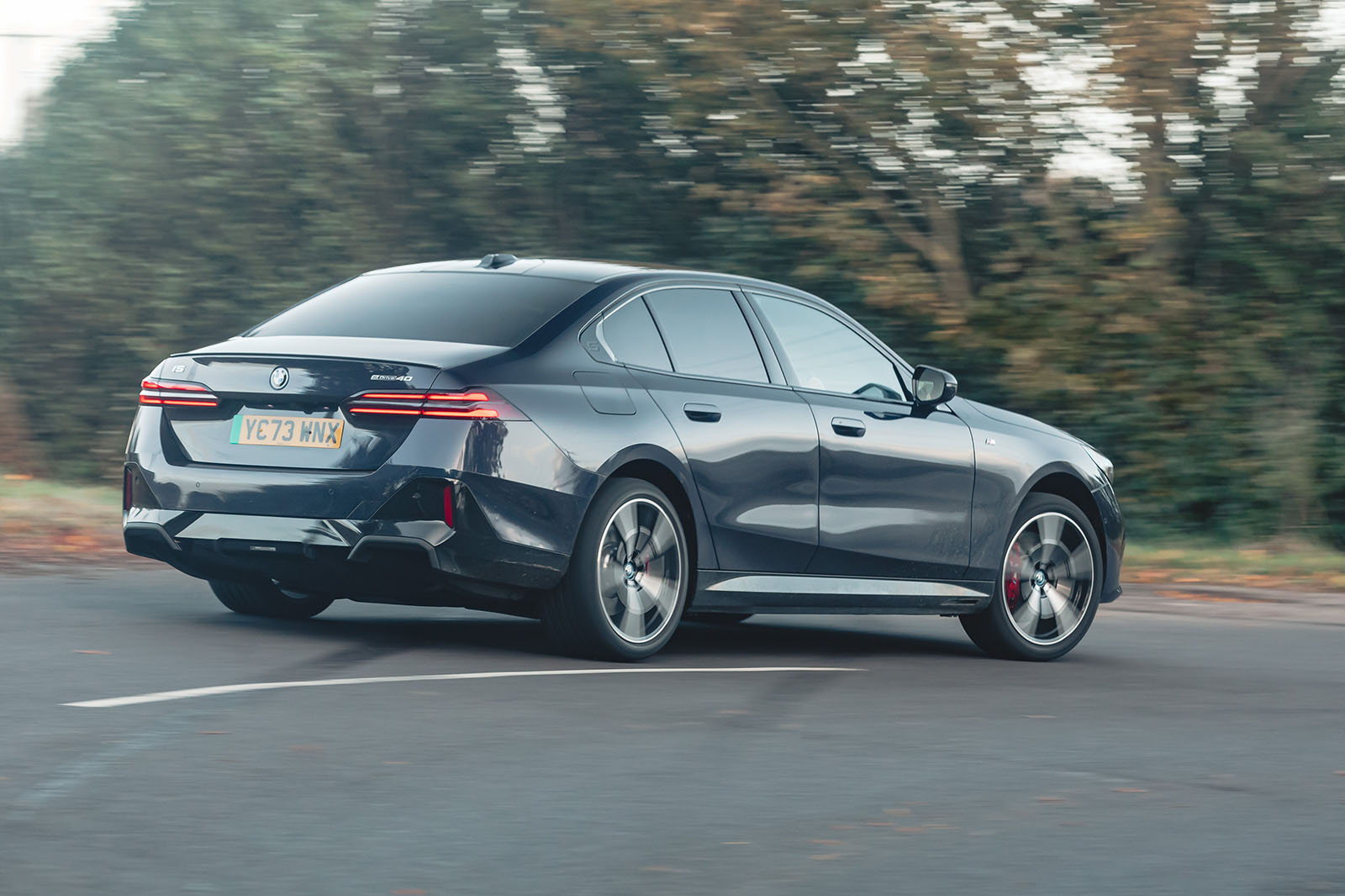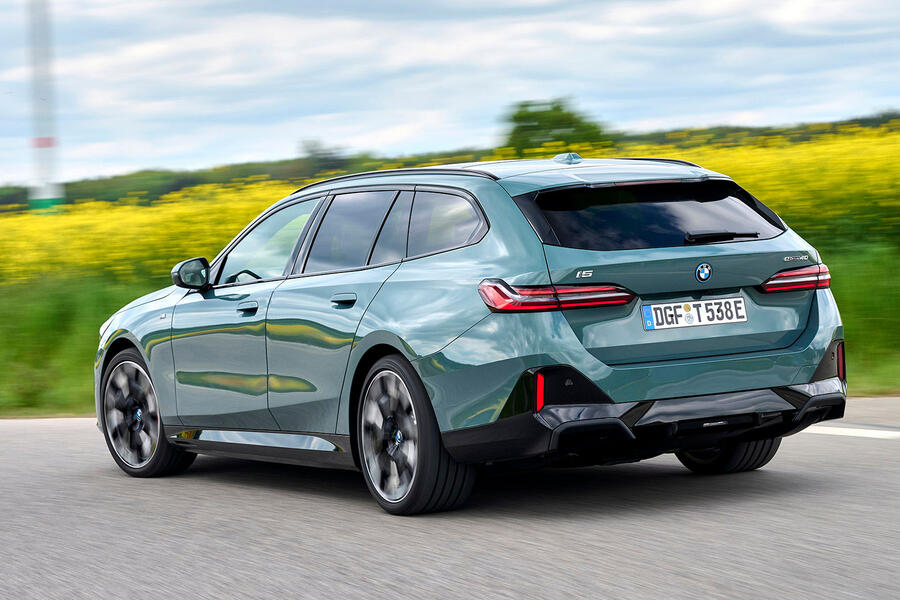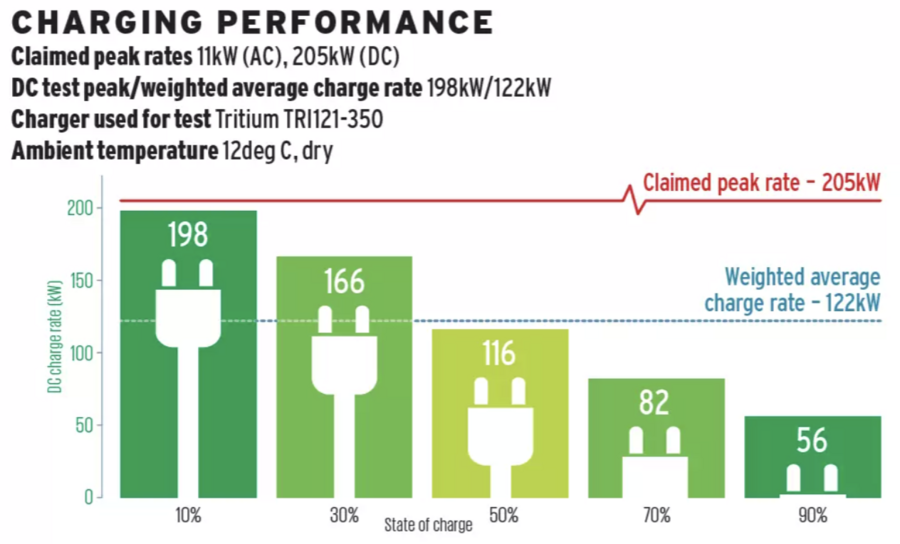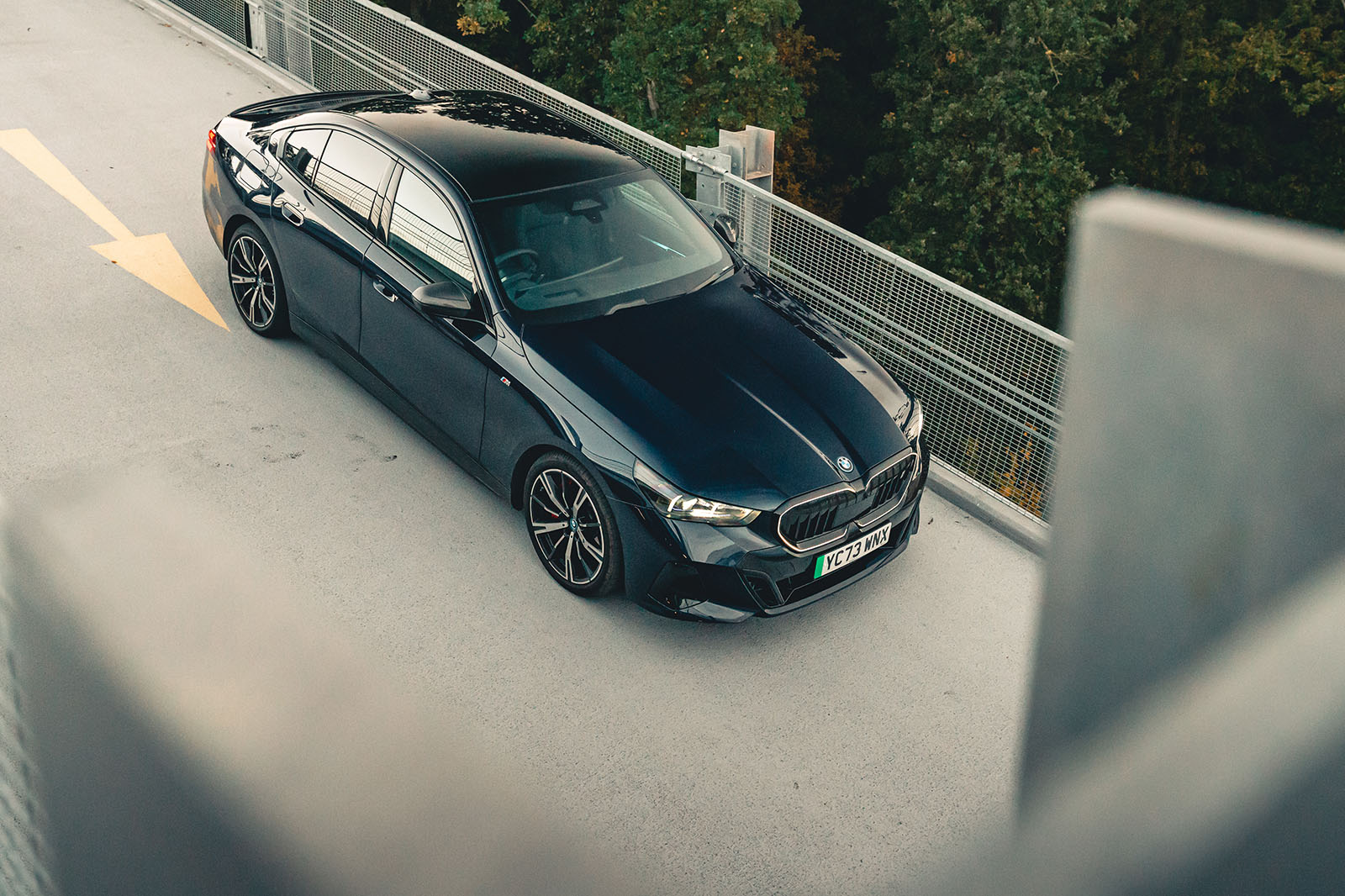There’s a strong whiff of 7 Series about the interior of this car, flowing not only from its expansive cabin width but also the scope and style of the digital technology employed in it, and from various cabin features used more widely.
BMW is creeping towards greater domination of its car interiors by their respective screens and digital interfaces, and wider integration of controls and functions within those digital systems – for better in a few cases but too often, in others, with insufficient apparent regard for accessibility of those controls while you are driving.
The i5 is not the worst example of this we have tested this year (the X1 was a much greater offender) but it’s certainly not the image of considered driver usability that BMW so often used to present.
In some ways, the i5’s cockpit is familiar. If it positions its driver at a marginally higher hip point than in previous generations (we are unable to measure these things but you are sitting atop the battery), it can’t be by much and it offers a fine, recumbent driving position in front of well-located pedals and a widely adjustable electric steering column.
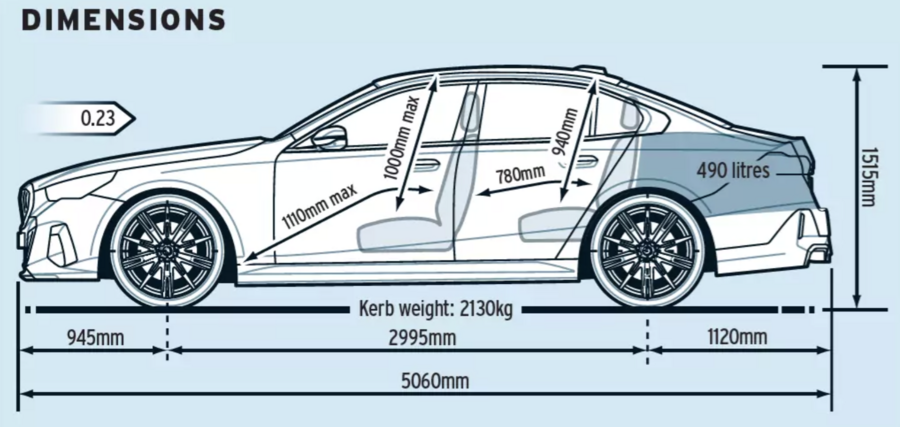
Space up front is good, particularly so for elbows and shoulders. In the second row, it’s not quite as generous as some may expect, but it’s more than sufficient for taller adults. Boot space is class competitive, the regular 5 Series narrowly pipping 500 litres of luggage capacity and the i5 only narrowly missing it.
Anybody wanting as much carrying-capacity as possible in their i5 will gravitate towards the Touring. Its 570 litres is only 50 more than the saloon manages on paper, though in reality, when you would load the boot up beyond the height of the roller-cover, it offer significantly more. However, 570 litres doesn't improve on that of the last-gen, combustion-engined 5 Series Touring, which is disappointing given the car is larger in every dimension. Note also that the rear screen no longer opens independently of the boot door itself.
The Live Cockpit Professional digital instrumentation looked a little over-styled and contrived for some testers’ liking. It’s readable but not as configurable for layout of information as we would like (but the optional head-up display helps to make up for the shortcoming).
But the 14.9in central infotainment, with its Operating System 8.5 software, can’t match that useful hierarchy of navigability. Too many permanent physical controls and menu shortcut buttons have now been taken away and the driver is too often left with too much to do to find the menu where they have been hidden away.
The car comes with Veganza man-made leather as standard (merino leather is a cost option) but it is only moderately convincing on tactile appeal. Elsewhere, tactile material quality is respectable, but it is not in the league of the iX or i7.
By comparison with those cars, the i5’s electric window controls feel plain and a little cheap; its door cubbies are unlined; and many of its lower fascia mouldings are hard and a bit uninviting to the touch.
BMW will hope design features such as the car’s digital ‘interaction bar’ (the multi-coloured, actively illuminated light bar that spans the fascia, flooding the cabin in whichever colour takes your fancy, and flashing to warn of an incoming phone call or a safety alert) or its hidden ‘seam vent’ air vents will make up for some of the sensory appeal missing from the cabin.
Sadly, some testers felt the former looked a little garish and plasticky, and the latter were simply harder to adjust than conventional air vents.


